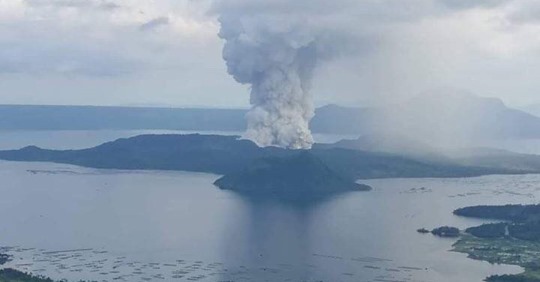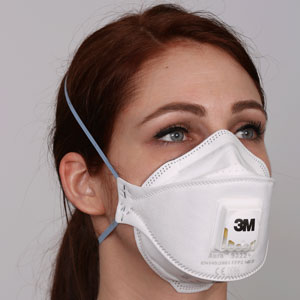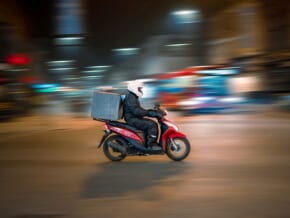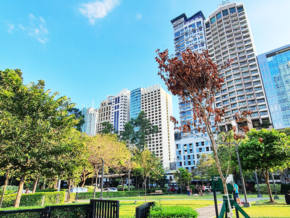Ways to Protect Yourself From Volcanic Ashfall
With the recent activity of the Taal Volcano in Batangas, the Department of Health (DOH) has advised the public to take precautionary measures regarding the ongoing ashfall all over Southern Luzon, even reaching cities in Metro Manila and other provinces up north.
 IMAGE / John Paul Ferma for Philippine News Agency
IMAGE / John Paul Ferma for Philippine News Agency
According to DOH, volcanic ashfall consists of “powder-size to sand-size that have been blown into the air by an erupting volcano.” Exposure to ash can result in the following health problems:
- Nose and throat irritation
- Coughing
- Bronchitis-like illness
- Discomfort while breathing
- Eye irritation
- Minor skin problems
- Injuries/Death due to roof collapse or vehicular accidents resulting from slippery roads and poor visibility
Further, individuals who are already dealing with respiratory ailments need to practice extra precautions to avoid exposure to ash, which can be detrimental to their health.
LOOK: Thick smoke and ashes from #TaalVolcano eruption blanket the air in Buli, Sta. Teresita, Batangas | Photos courtesy of Joshua Basilio#LagingHanda#TaalVolcanoEruption#TaalVolcanoAshfall
To protect yourself and your family from the harm brought by ashfall, here are some tips you may follow:
- Stay indoors if you can. Aside from the negative effects of exposure to ash itself, driving can also get a bit difficult due to the ash making roads slippery and lessening visibility, which can lead to accidents.
- Cover window and door gaps with wet cloth to avoid infiltration. In case of heavy ashfall, refrain also from using your air conditioners to avoid damage.
- If you really need to go outside, wear an N95 mask, which can effectively filter out the fine ash particles from the air you breathe.
 N95 Mask / IMAGE ivhhn.org
N95 Mask / IMAGE ivhhn.org
- Wear clothes that can cover most of your skin as well as goggles/thick sunglasses to protect your eyes. Make sure to take a shower once you get home.
- Do not wear contact lenses to avoid the risk of corneal abrasion.
- Always be prepared with a “go bag” containing necessities like food, water, extra clothes, and first aid kit in case of the need to evacuate.
In times of natural calamity, it is best to stay calm and informed to avoid further injuries and accidents. Additionally, here are important hotlines to remember:
| Organization/Department | Hotline number |
| National Emergency Hotline | 911 |
| PHIVOLCS | 02-8929-8958
02-8426-1469-79 |
| Philippine Red Cross | 143
02-8527-0000 |
| Bureau of Fire Protection | 117
02-3410-6319 |
| NDRRMC | 02-8911-1406
02-8911-2665 02-8911-5061 to 65 |
| DOH | 0920-949-8419
02-8711-1001 to 02 |
| PAGASA | 02-8927-1541
02-8926-4251 |
| Philippine National Police | 117 |
| DSWD | 02-8511-1259 |
Source: pna.gov.ph, ivhhn.org
Images grabbed from PNA’s Facebook page













